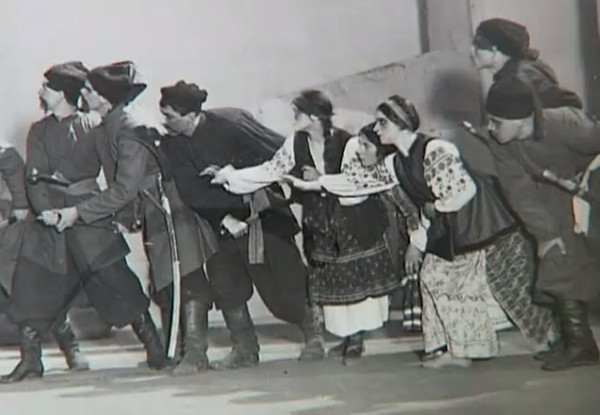Molodyi Teatr
Molodyi Teatr (Young Theater). A theatre troupe in Kyiv headed by Les Kurbas from 1917 to 1919. The core group of actors consisted of graduates of the Lysenko Music and Drama School and included Vasyl Vasylko, Yona Shevchenko, Marko Tereshchenko, Volodymyr Kalyn, Stepan Bondarchuk, Polina Samiilenko, Sofiia Manuilovych, Antonina Smereka, Oleksii Vatulia, Polina Niatko, and Olimpiia Dobrovolska. Most of the productions were directed by Kurbas, although Hnat Yura, V. Vasilev, and Semen Semdor also directed shows. Anatol Petrytsky was the main stage designer, but Mykhailo Boichuk was invited to create sets for several important productions. Kurbas's articles, such as the ‘Manifesto’ (in Robitnycha hazeta, 1917) and ‘Molodyi Teatr’ (Young Theatre, 1917), called for a new Ukrainian theatre and outlined the artistic goals of the group. Molodyi Teatr rejected the Ukrainian ethnographic repertoire and presented modern Ukrainian plays and world classics. Kurbas strived to create an intellectual and philosophical theater whose ultimate aim was to return to its ritualistic roots and to become once again some form of a religious act. His search for new forms resulted in imaginative uses of rhythm, gesture, music, and design in his productions. The first season included Kurbas’s productions of the realist Chorna pantera i bilyi vedmid' (Black Panther and White Bear) by Volodymyr Vynnychenko, the naturalistic Jugend by M. Halbe, and Doktor Kerzhentsev, based on L. Andreev’s Mysl' (Thought), directed by Yura. These were followed by a stylized presentation of three symbolist études by Oleksander Oles, two of which were directed by Kurbas and one by Yura. Molodyi Teatr concluded its first season with a production of J. Żuławski’s impressionistic verse play Jola.
The second season (1918–19) opened with Kurbas's production of Sophocles’ Oedipus Rex, the first Ukrainian production of a classical Greek play. Kurbas's subsequent productions included Lesia Ukrainka’s U Pushchi (In the Wilderness); F. Grillparzer’s Weh dem, der lügt! in the commedia dell’arte style; a stylized Vertep, which used the conventions of the puppet theater; expressionistic stagings of Taras Shevchenko’s dramatic poems ‘Ivan Hus’ and ‘Velykyi l'okh’ (The Great Vault); and performances of several lyrical poems as choral movement pieces with music, which Kurbas would later see as his first attempt to create ‘transformed gestures,’ the central concern of his later work. During the season the other directors presented literal stagings of such plays as G. Shaw’s Candida (directed by Yura), G. Hauptmann’s Die versunkene Glocke (by Yura) Volodymyr Vynnychenko’s Hrikh (Sin, by Yura), Moliere’s Tartuffe (by Vasilev), and Henrik Ibsen’s En folkefiende (by Semdor).
In the spring of 1919, as the internal artistic conflicts came to a head, Molodyi Teatr was nationalized by the Bolshevik government and forced to merge with the State Drama Theater to form the Shevchenko First Theater of the Ukrainian Soviet Republic. Although it lasted only two seasons, Molodyi Teatr changed the direction of Ukrainian theatre, and from its ranks came the artistic directors of the major theaters of the 1920s, including Les Kurbas, Hnat Yura, Marko Tereshchenko, and Vasyl Vasylko.
BIBLIOGRAPHY
Hirniak, I. ‘Birth and Death of the Modern Ukrainian Theater,’ in Soviet Theaters: 1917–1941, ed M. Bradshaw (New York 1954)
Boiko, Iu. ‘Molodyi teatr,’ in his Vybrane, vol 1 (Munich 1971)
Tkacz, V. ‘Les Kurbas and the Creation of a Ukrainian Avant-Garde Theatre: The Early Years,’ MA thesis, Columbia University, 1983
Labinsky, M. (ed). Molodyi Teatr: heneza, zavdannia, shliakhy (Kyiv 1991)
Valerian Revutsky
[This article originally appeared in the Encyclopedia of Ukraine, vol. 3 (1993).]
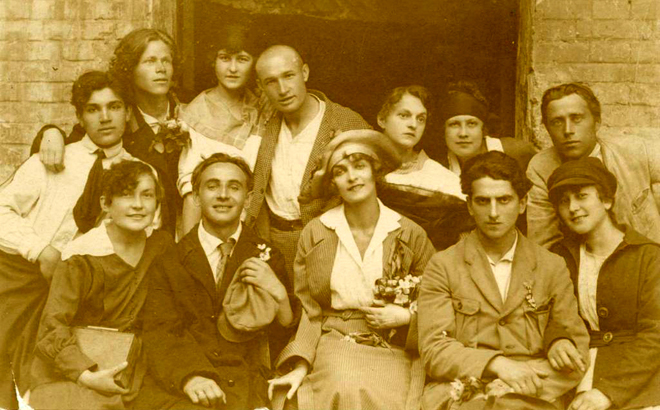
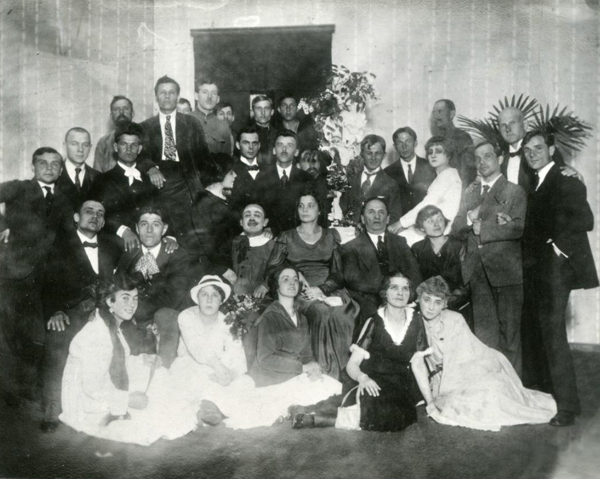
.jpg)
.jpg)
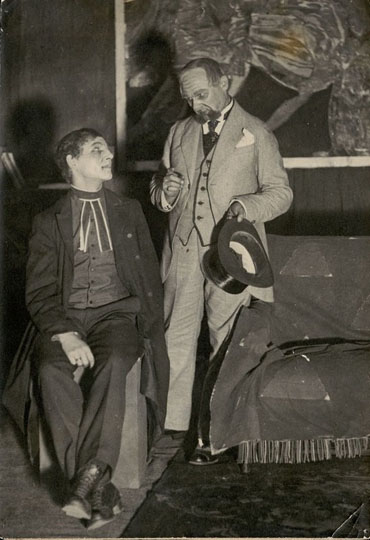
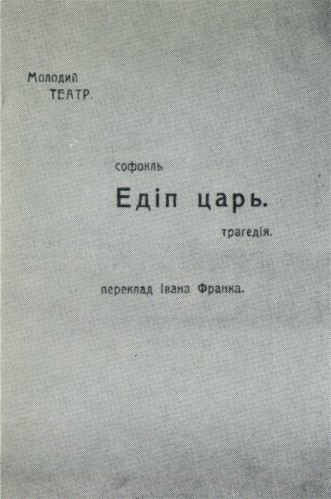
 (Oedipus blind).jpg)
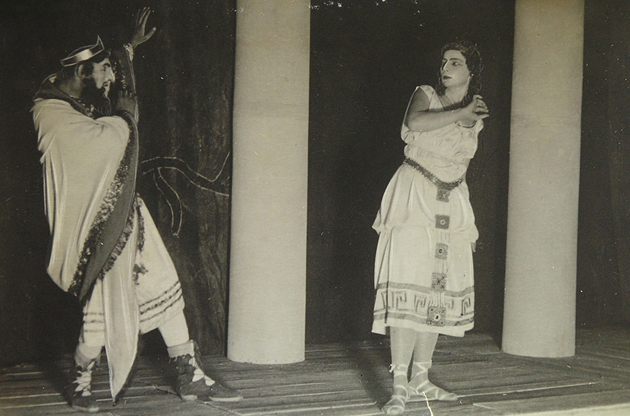
 (chorus scene).jpg)
.jpg)
.jpg)
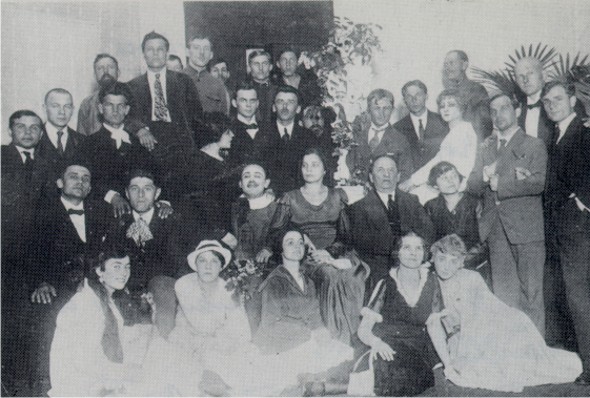
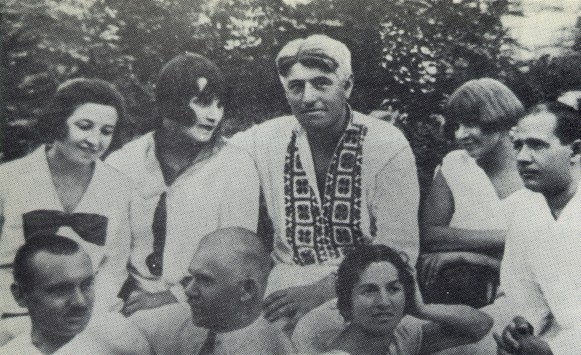
.jpg)
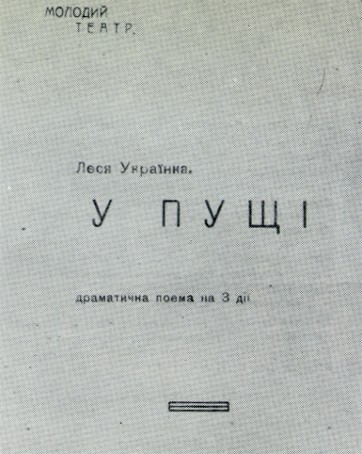
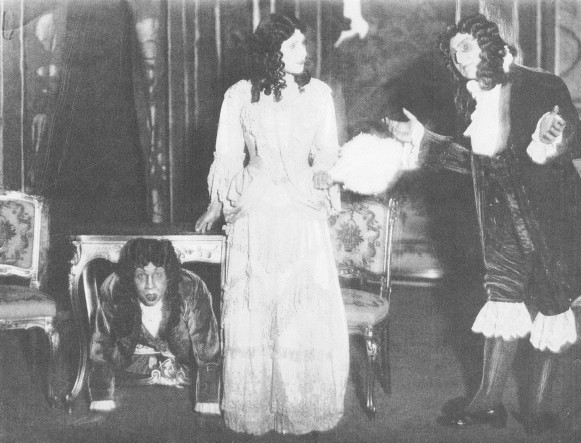
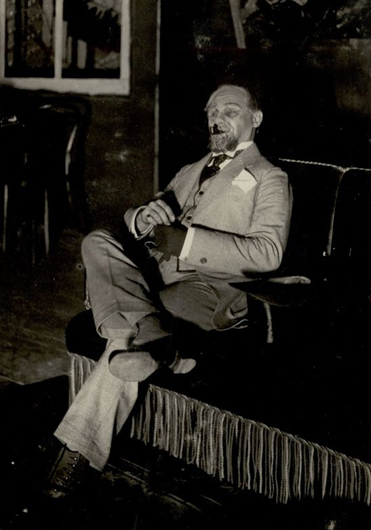
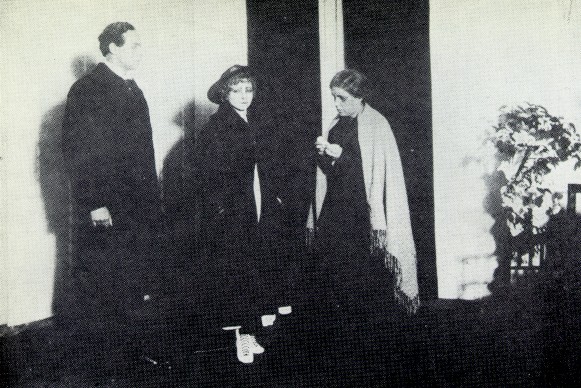
.jpg)
.jpg)
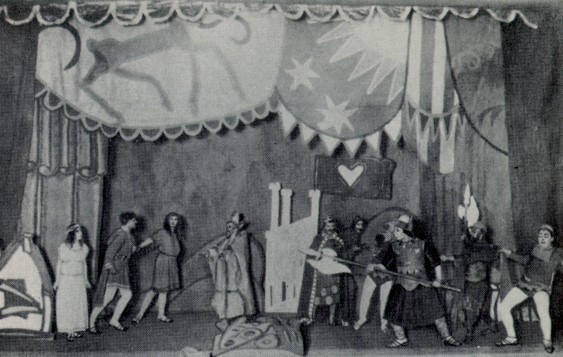
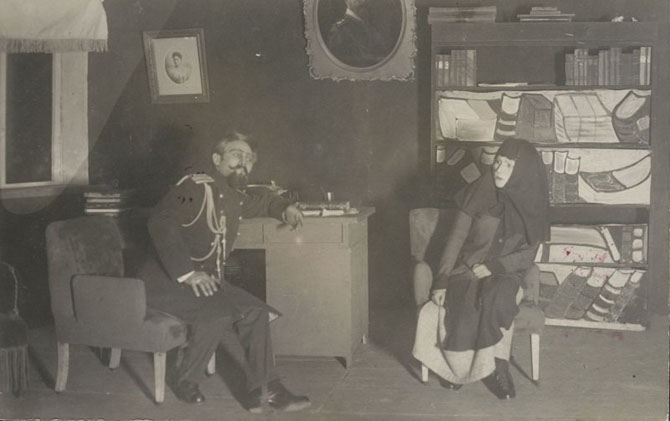
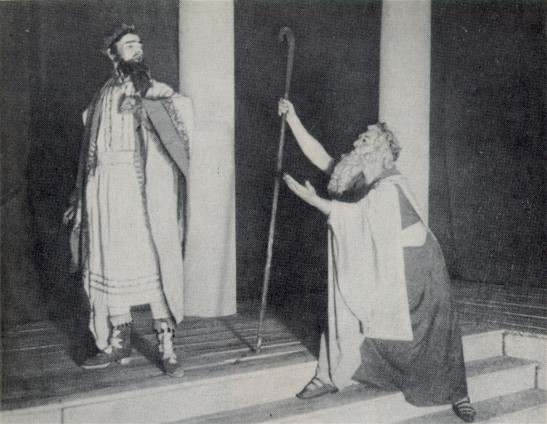
.jpg)
.jpg)
